Rembrandt remains a household name hundreds of years after his death. He surpassed both his teachers in technical ability at a young age and continued crafting this ability through his illustrious career. Rembrandt techniques serve as inspiration for thousands of artists who aspire to learn from Rembrandt as well as art lovers alike. For those who are learning how to paint, or even for photographers who wish to study Rembrandt’s lighting techniques, there are numerous little tidbits to garner from his expertise.
Here, I will be delving into some practical advice you can apply from Rembrandt’s working methods. It will be a starting off point for you to learn a handful Rembrandt techniques and processes, that you can utilize when practicing your own technique.
List of Rembrandt techniques to learn from
First on the list is how Rembrandt used the end of a sharpened brush handle to paint hair

Look closely at the head of hair in the image of Rembrandt’s, Self Portrait at an Early Age. Upon close inspection of the painting technique here, you can see that Rembrandt uses the end of a sharpened brush handle to scratch through wet paint in order to create the illusion of hair strands. A rather brilliant way to create strands of hair! Also, because of the ‘scraping’ away of the paint, we can learn from Rembrandt what color his base color was. It appears that he used a sienna type of color. Which brings us to the next technique we can learn from Rembrandt.
The use of ground color and texture on canvas
The texture and ground that Rembrandt used plays an important role in his work. When I say ‘ground’ I mean the color he used for his primer – what color/ tone he would use to create the underpainting for his painting. One of the things we learn from Rembrandt upon technical analysis, it looks like he generally used a middle toned ground.
His imprimatura (initial color of the ground) was usually a warm yellowish brown color. Rembrandt would cover the entire surface with the color. Rembrandt having started his works on top of warm tones definitely influenced his color decisions as he worked. This probably plays no small role in the fact that we feel a warm glow emanating from his paintings.
Monochrome technique to develop painting compositions
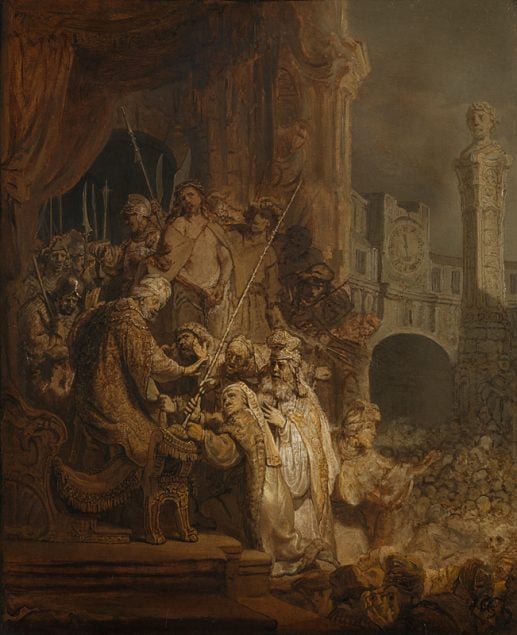
As part of Rembrandt’s painting style, he started (at least sometimes) his paintings out in transparent browns. In doing this, he could work in monochrome (single color) to figure out the darks and lights of his painting and create the design of his picture. After starting with this monochrome technique, he would leave it to dry before moving on further. Then, once dry he would paint over his brown underpainting and would begin to add color, working from the background forward.
Ecce Homo, pictured above, is one of his monochrome paintings that he was not able to get around to finishing. Perhaps it took too long to dry! Whatever the reason, you can see how clearly he figured out the composition before ‘starting’ the painting.
Using versatility to become a technical art master
While the techniques of Vermeer, another Dutch old master, made him who he was as a technical master. Every time Rembrandt worked on a piece he would methodically think through the entire process from start to finish. He never employed any formula or routine approaches with his work. Rather, he was very much present in his painting, continually being innovative and trying new things.
One of the many things that set him apart from other painters of his own era was that he had a vision for his work. He certainly was a brilliant painter in technical terms, but he was also so much more than that. Technique can only bring someone so far, one must also develop a deeply instilled vision for one’s work. It is because of Rembrandt’s compelling, profound sensitivity and perceptivity into human emotions that the world responds as it does to his work. Of course, he would not have been able to express that without his technical mastery. Therefore, it is the combination of technical skill, intuition and great vision that creates great art (as well as of course very very very hard work).
Last but never least on the list of 5 Rembrandt techniques
The art of Rembrandt’s color palette
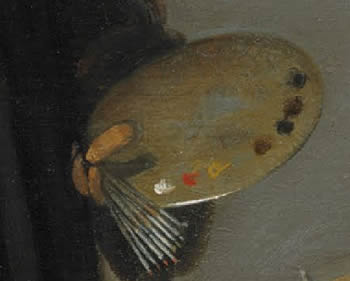
Black (either bone or ivory black), several earth colors (ochres, siennas, and umbers), cassel earth, lead tin yellow, vermillion (sometimes), yellow and red lake, high grade smalt (blue), azurite, flake white. The colors used in Rembrandt’s time were different than what is readily available to today’s artists. If you wish to experiment with a ‘Rembrandt palette’ using today’s availability of colors use these: yellow ocher, burnt sienna, burnt umber, white (flake white), black, and finally a brownish orangey red – possibly cadmium red deep. Of course, he would then take these colors and create complex color mixtures. Rembrandt mixed his colors on a colored ground – as was typical during his time period – never white. You can learn a lot from studying the old masters color palette, here’s an article where you can learn all about Vermeer’s palette if you’re interested in more color palette techniques.
There are countless Rembrandt techniques to learn from aside from the handful covered in this article. Which are your favorite? How are you utilizing Rembrandt techniques in your art? Would love to hear your thoughts in the comments below! If you’re interested in learning more from the old masters, here are art lessons from Leonardo Da Vinci or you might also enjoy these painting technique tips from Velazquez.
Do you want to learn more Rembrandt techniques?
I highly recommend that you check out the book Rembrandt: Painter at Work by Ernst Van De Wetering

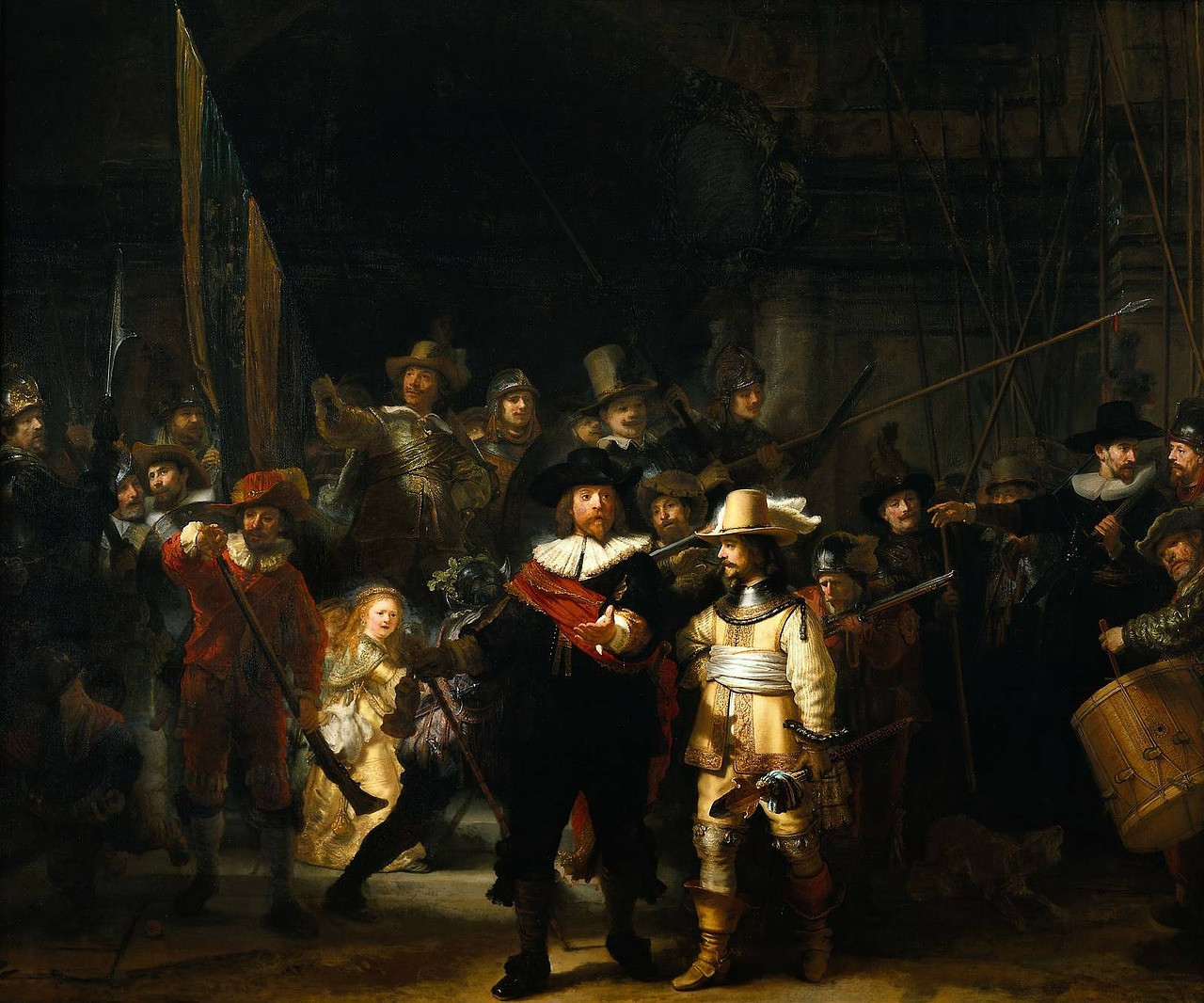

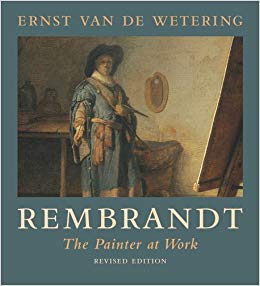
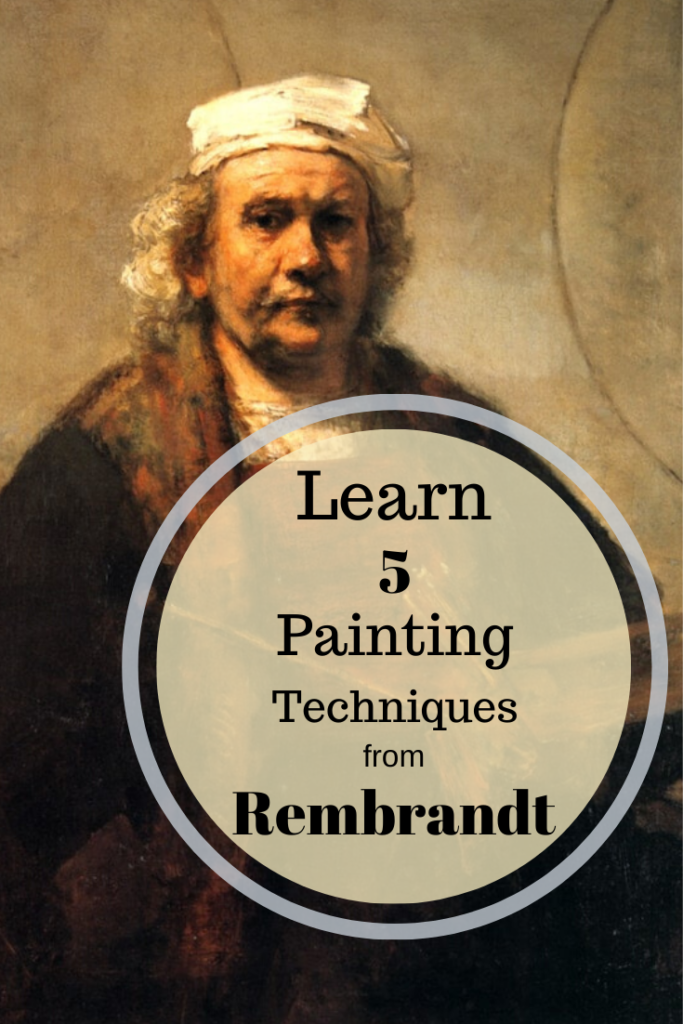


16 thoughts on “5 Rembrandt techniques you can learn from”
This painting is depicting what Pilate said about Jesus at John 19:5…”Look! The Man!”
At this time of year we especially remember what Jesus did for us.
Thank you for featuring this painting.
I always enjoy your articles. I learn a lot. I’m new to trying art.
Thanks for sharing 😊
Hi Sandia, Thank you for your comment. It is a beautiful painting and indeed there is a lot of depth behind what it depicts. So glad that you enjoy the articles here and are trying new things!
Elizabeth, Wonderfully informative as usual, thanks. What I love about Rembrandt is the soft edges, particularly in his portraits. I find this very effective and very hard to achieve. I look forward to reading all you write, it must take you a lot of time to research and compile but keep ’em coming!
Neil (in Shropshire England).
Hi Neil, Yes, I agree with you – the soft edges Rembrandt creates are quite extraordinary. Thank you for your kind comments – I am so glad that you are enjoying the articles on this site. It is very rewarding to be able to share what I have learned over the years – am very glad others are able to apply it to their own work!
Howard McDonald
Dec.3,2021,5:52 CST
First: thank you.
Second a question: is there an analysis of the colors used in his ( or someone in his circle) painting The Man With a Golden Helmet?
Hi Howard, that is a good question! There is a great book titled ‘Rembrandt the painter at work’ by Ernst Van De Wettering that goes into detail of analyzing the colors Rembrandt used in quite a few of his paintings. I unfortunately don’t remember if his painting ‘The Man with a Golden Helmet’ is included in that or not. However, it will help to see other similar colors used!
Thank you Ms Koehler, I will try and get the book you referenced. Thanks again.
You are welcome Howard!
Thank you for the useful article, I appreciate your efforts, I still look at each painting by him and wonder how things achieved, for example, I have done couple paintings in the same manner. what brushes did he use to create the texture? did he use palette knives for the impasto ? If you look closely to his early seld portraits you will notice a grainy textures on the face, did he used bristle brushes then smoothed it with a palette knife ? I have done that on a painting and noticed the similarity. Also, after his under paintings / dead coloring stage , did he use glazing to add color or used opaque paint? or both? many questions in the mind and it’s so exciting to study such a master! again thank you for shedding the light over Rembrandt’s art technique.
Best Regards
Thank you for your comments! I completely agree – Rembrandt’s techniques are endlessly fascinating and I think the fact that we can’t fully understand or figure out HOW he painted them is one reason why they are so great – as he was a complex painter and thinker. One thing that is known for sure is that the Rembrandt used only round brushes (as all painter did before the industrial age). It was not until the introduction of the metal ferrule that flat brushes were introduced. I think Rembrandt used a combination of glazing and opaque paint. However, my guess would be that he painted more opaquely as he got older. I would highly recommend the book Rembrandt: the painter at work by Ernst van de Wetering. It goes into great detail on Rembrandt techniques.
Thank you for this article. I am largely self-taught and sometimes regret that I was not classically trained. It was gratifying to learn that I was using some of Rembrandt’s techniques without even realizing it. I also tone the ground, establish values, and let the work dry before applying other colors.
You are very welcome for the article. That is so great to learn that you were using some of Rembrandt’s techniques without even realizing it!
Great article
Thank you!
Very interesting. I’m looking forward to more articles.
Thank you, glad you found it interesting!